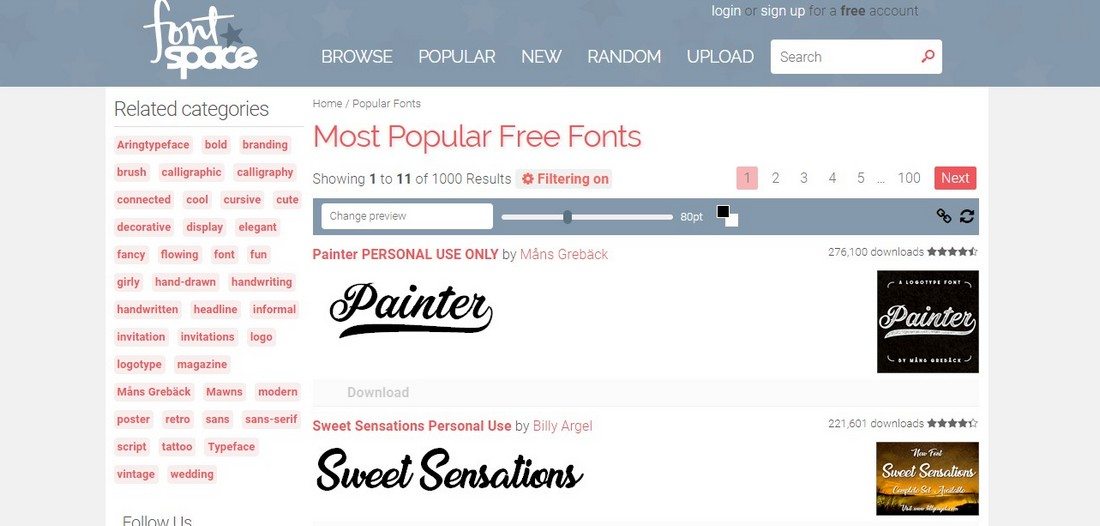

To realize this goal, we design the learning paradigm from three perspectives: 1) generating attribute views, 2) extracting subtle but crucial details, and 3) exploiting valued view pairs for learning, to fully unlock the pre-training potential. Specifically, TaCo leverages contrastive learning to dispel the ambiguity trap arising from vague and open-ended attributes. In this paper, we aim to tackle these problems by proposing TaCo, a contrastive framework for textual attribute recognition tailored toward the most common document scenes. Moreover, their performance drop severely in real-world scenarios where unexpected and obvious imaging distortions appear. Existing approaches already yield satisfactory performance in differentiating disparate attributes, but they still suffer in distinguishing similar attributes with only subtle difference. We also achieve around 6 times compression of the model without any visible loss of recognition accuracy.Īs textual attributes like font are core design elements of document format and page style, automatic attributes recognition favor comprehensive practical applications. The DeepFont system achieves an accuracy of higher than 80% (top-5) on our collected dataset, and also produces a good font similarity measure for font selection and suggestion. Moreover, we study a novel learning-based model compression approach, in order to reduce the DeepFont model size without sacrificing its performance. Next, to combat the domain mismatch between available training and testing data, we introduce a Convo-lutional Neural Network (CNN) decomposition approach, using a domain adaptation technique based on a Stacked Convolutional Auto-Encoder (SCAE) that exploits a large corpus of unlabeled real-world text images combined with synthetic data preprocessed in a specific way. First of all, we build up the first available large-scale VFR dataset, named AdobeVFR, consisting of both labeled synthetic data and partially labeled real-world data. We study the Visual Font Recognition (VFR) problem, and advance the state-of-the-art remarkably by developing the DeepFont system.

Here I rated the diversity of options so the user can find the perfect variant for their needs and the overall functionality for each plan.As font is one of the core design concepts, automatic font identification and similar font suggestion from an image or photo has been on the wish list of many designers.
#Find my font from an image pro
In this collection of font finders there are options for any budget: free sites, premium sites and the possibility of buying a PRO membership after trying a free trial period. It’s also cool when the font matches that the app gave me were really similar to the one I needed, as it may help designers pick an even better type for their projects.


The huger and more diverse it is, the higher are the chances to find the exact type you were looking for. The font library is a big part of the search success. I also considered the time I spent searching and the easiness of the process. Some sites gave me the exact font I was looking for, which got them a solid 10, others gave me similar options and there were font finders who weren’t even close. That’s, obviously, the most important criterion for the font finder, as we came there to get the results. Here 10 stands for the obviousness of actions and as harder it gets, the lower the grade becomes. The ease of use is crucial, so I checked each font finder on how easy it is for a user who opened the site for the very first time to figure out the working pattern.


 0 kommentar(er)
0 kommentar(er)
